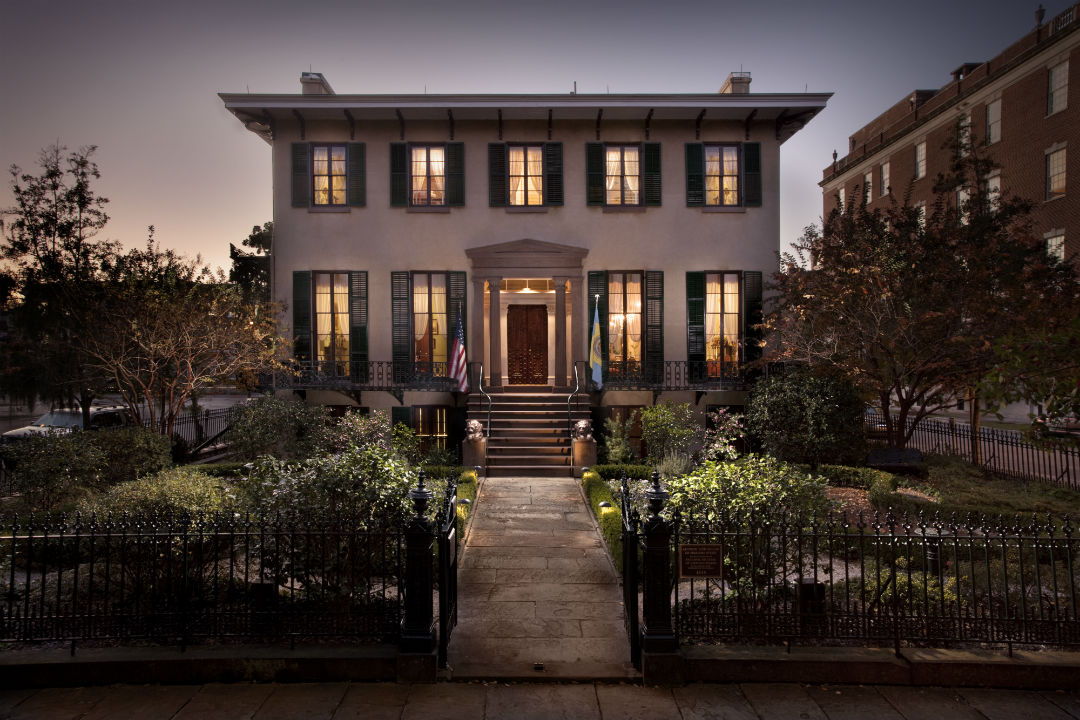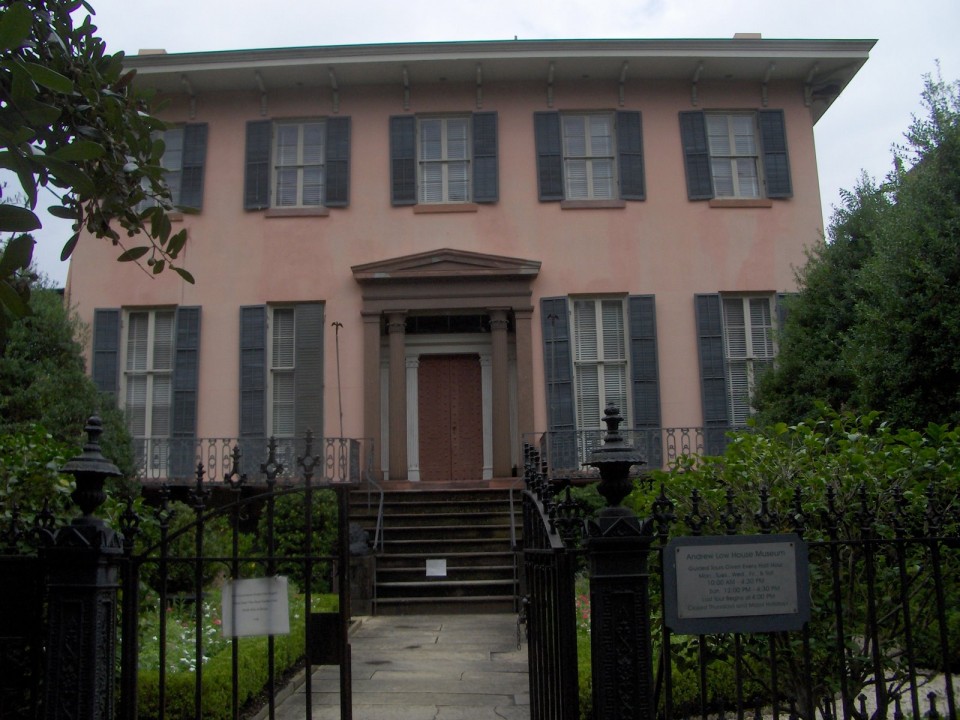The Andrew Low House was the location where the Girl Scouts of America was founded in 1912 in Savannah, GA. It was designated for preservation as a National Historic Treasure in the early 2000’s and funding was allocated via a grant in 2006 from the library of congress. the building is owned by the Daughters of the American Revolution who appointed a board of members to oversee the the preservation and restoration. It’s directive was a complete preservation of exterior facades, the preservation of the interior living spaces, and the installation of modern ADA bathroom facilities in the lower quarters to assist the buildings mission as a museum.
When Bryce joined The Spriggs Group in 2008 he took over as the project manager for the project, started in earnest in 2007. Construction Drawings had already been completed and approved by the local municipality, local historic board, and national governing agencies. However the approved drawings where lite on specifications for replacement of historic fabric, as there was little available in the way of off the shelf products. As a result, Bryce was heavily involved in the vetting and selection of bespoke craftsmen to recreate historic details using authentic materials and methodologies to replace deteriorated areas.
This included;
- The specification and selection of authentic solid wood double hung windows with period correct cloth chains. The historic windows where removed, a full spectral paint analysis was completed, remediation of lead pain was completed, and deteriorated areas where hand repaired.
- The replacement of missing portions of the cast iron (Pig Iron) proper fence. this included materail testing to idetify time periods of fabrication and oversight of the fabrication of replacement of sections by master craftsmen with all peices being hand forged with reclaimed metal.
- The replacement of wall sections of horse hair plaster. This included the careful removal of wallpaper with non-harmful techniques, plaster patching, and re-adhesion of the wallpaper with pH neutral adhesives.
Additionally, Bryce proposed the inclusion of several modern technologies including a completely hidden emergency light system with remote batteries powering historic fixtures and a new site lighting package that had not previously been part of the project scope.
The museum was reopened in 2009 and has been used in several movies since reopening.



Leave a Reply